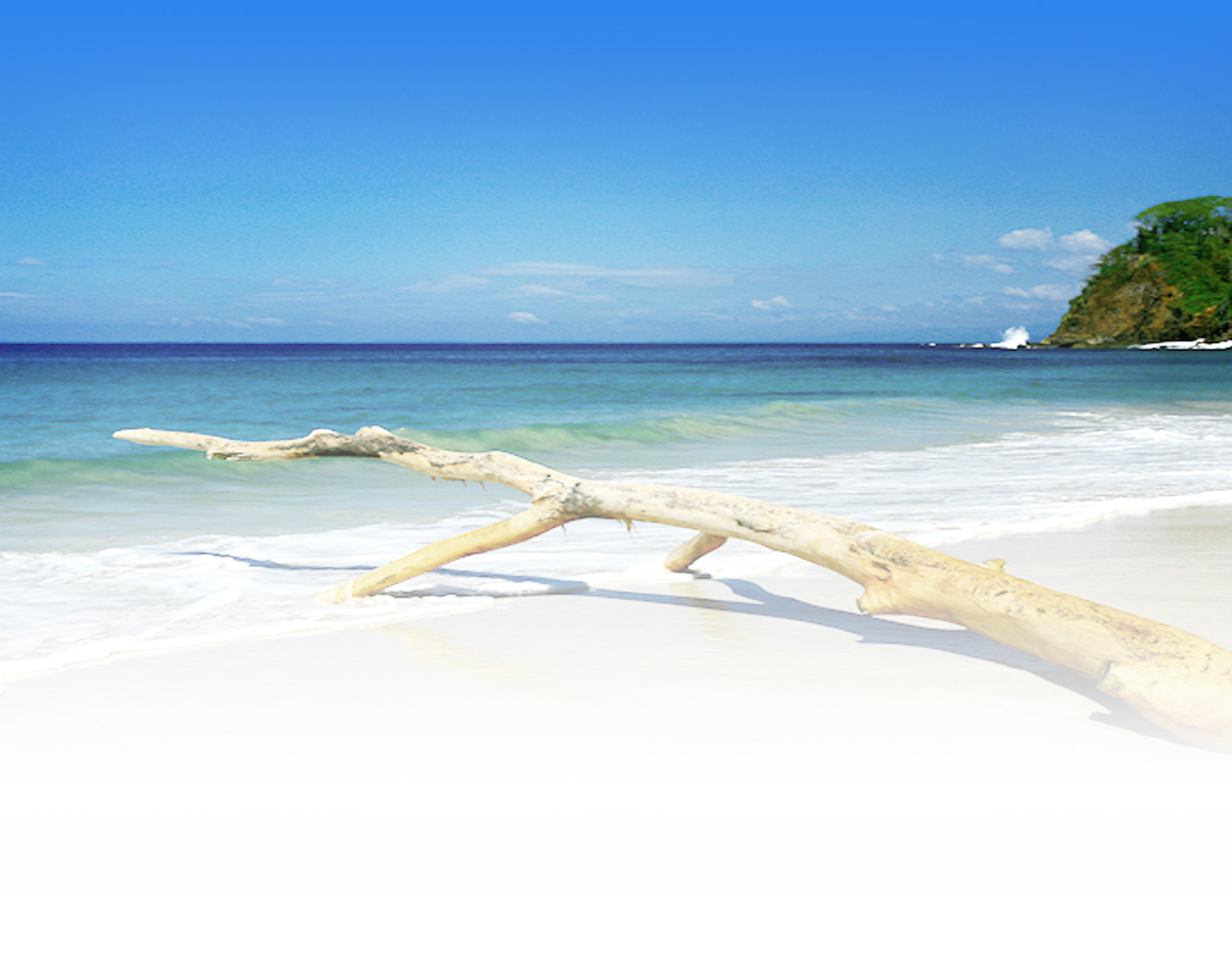Fishing Costa Rica - join us on a sport fishing adventure of a lifetime.
Subject: What Are The Types Of Tails For Los Suenos Fish?
(Posted on May 30, 2014 at 01:50PM by Lee Byard) Tags:
(Posted on May 30, 2014 at 01:50PM by Lee Byard) Tags:
Subject: Is The Swim Bladder Found In All Los Suenos Fish?
(Posted on May 20, 2014 at 01:49PM by Lee Byard) Tags:
(Posted on May 20, 2014 at 01:49PM by Lee Byard) Tags:
Subject: What Types Of Scales Do Los Suenos Fish Have?
(Posted on May 19, 2014 at 02:09PM by Lee Byard) Tags:
(Posted on May 19, 2014 at 02:09PM by Lee Byard) Tags:
Subject: What Kind Of Mouths Do Los Suenos Fish Have?
(Posted on May 16, 2014 at 01:44PM by Lee Byard) Tags:
(Posted on May 16, 2014 at 01:44PM by Lee Byard) Tags:



_diagram_cropped.GIF)


.jpg)




